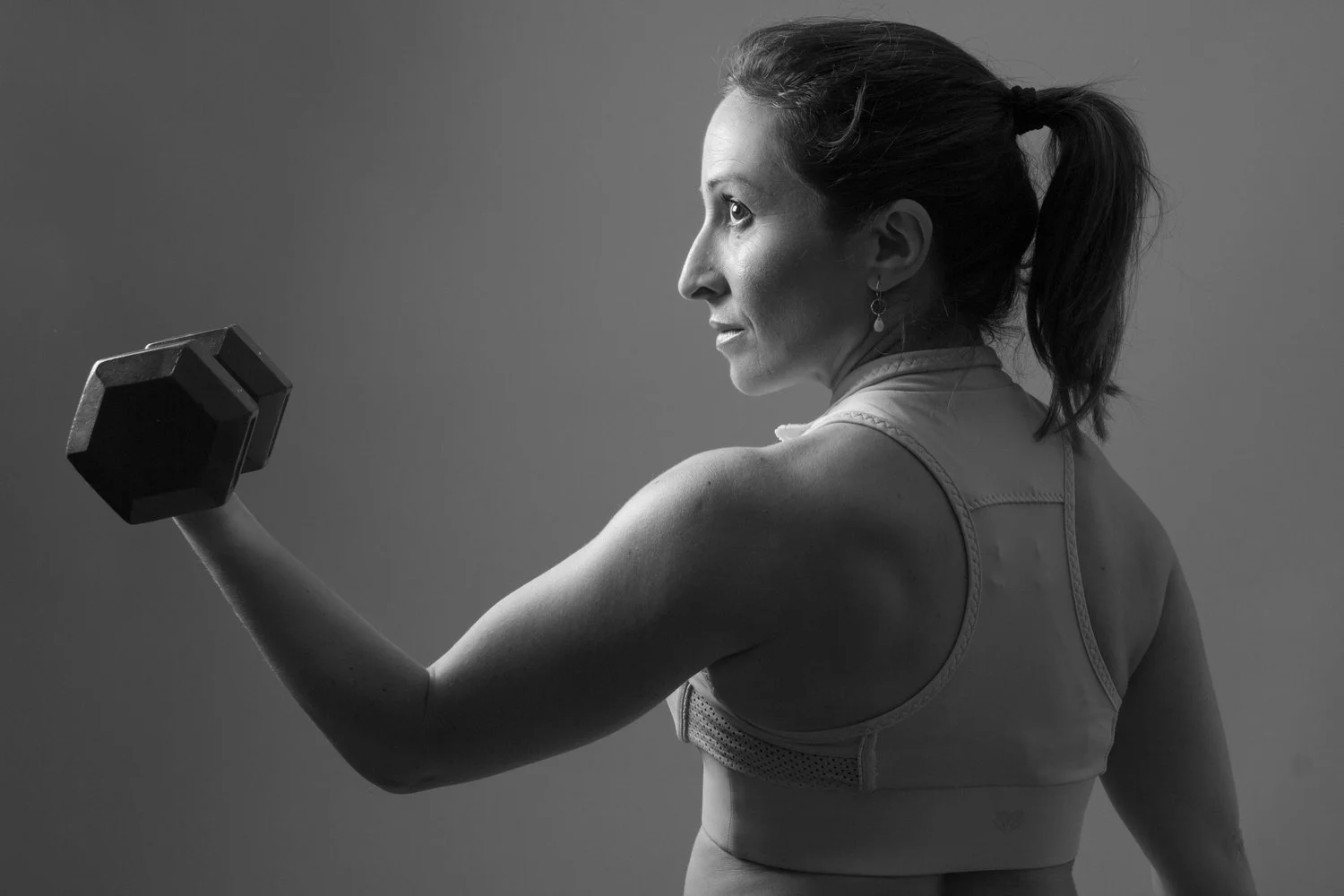Walking vs. Weightlifting
Fitness Tips
Planning a kayak trip with your college buddies? Dreaming of hiking the Great Wall of China or exploring the Galápagos Islands? Or maybe you’re simply ready to get fit and feel stronger?
Incorporating weightlifting into your fitness routine can prepare your body for both everyday adventures and extraordinary experiences—while also helping prevent injury.
Beyond the 10,000 Steps
One of my clients recently shared that before training with me, walking was her primary form of exercise. She still walks often, but since adding weight training, she’s noticed improved balance, stronger core stability, and a more defined physique.
Walking is a great form of low-impact cardio, especially when done briskly. However, its benefits are limited when done in isolation. Walking works the same muscles the same way every day, which can lead to:
Reinforced movement patterns (even bad ones)
Poor posture
Muscular imbalances
Minimal core activation
Why Weightlifting Matters
Adding resistance training into your routine introduces new movement patterns, builds lean muscle mass, and improves metabolic efficiency. Here’s why it works:
Muscle burns more calories—during and after exercise
Resistance exercises reshape your body, tightening your arms, core, and glutes
Strength training promotes joint stability, reducing injury risk
A well-balanced lifting routine corrects imbalances and supports better posture
The Power of a Balanced Program
A qualified coach doesn’t just hand you a set of weights—they customize your routine to your goals, abilities, and body mechanics. By integrating strength training with your existing walking routine, you'll see results faster and more sustainably.
So, keep walking. But don’t stop there. Add strength. Add power. Add resilience.

